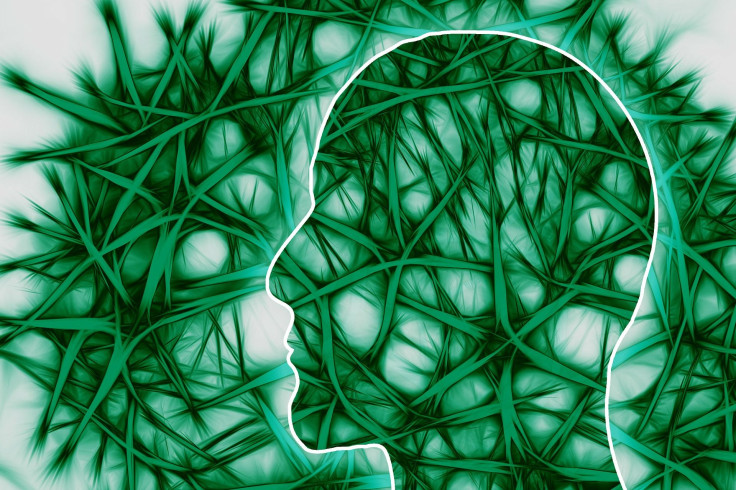Ketamine Effects Include Antidepressant Properties, And Researchers Have Identified The Brain Circuit Involved

Ketamine, an anesthetic drug, has gained popularity as an illicit party drug due to its hallucinogenic properties and ability to provide pain relief, relaxation, and sedation. The drug is nothing to play around with — many users report scary delusions, or disorientation that they call the “K-hole.”
Ketamine has potential benefits, though — benefits that are not as fully realized as they could be due to the dangerous side effects and possible addictiveness of the substance. Ketamine has been shown to relieve depression symptoms within two hours, and have those benefits last a week. The potential for abuse, however, has put researchers and medical professionals in a tight spot.
“You have a novel, highly effective treatment for depression, but you can’t give it to people to take home or on a routine basis,” explained Dr. Daniel Lodge, of The University of Texas Health Science Center at San Antonio, in a statement.
Traditional antidepressants normally take about two weeks to show any beneficial effects on patients. Some patients don’t benefit at all. A faster-acting drug that provided (and sustained) relief from depression would reduce the risk of suicide among patients, but the problem with Ketamine lies in its chemistry: it acts on many receptors throughout the brain, which makes it difficult to control.
Lodge and colleagues aimed to explore the issue, and utilized state-of-the-art techniques on rats to identify a brain circuit responsible for the beneficial effects of ketamine. This particular circuit signals between the hippocampus, associated with memory and emotion; and the prefrontal cortex, responsible for thinking and thought analysis. The team discovered that activating this circuit in the rats caused antidepressant-like effects, similar to those brought about by ketamine. In contrast, preventing activation of the circuit eliminates the antidepressant-like effects.
“The idea is, if one part of the brain contributes to the beneficial effects of ketamine, and another part contributes to its abuse and effects such as hallucinations, now we can come up with medications to target the good part and not the bad,” said Dr. Flavia R. Carreno, lead author of the study.
This mechanism being identified is a great step for researchers, because it now gives scientists a target, according to Lodge.
“The next step is finding a drug that interacts selectively with it. And we have some ideas how to do that.”
Source: Carreno F, Donegan J, Boley A, Shah A, DeGuzman M, Frazer A, et al. Activation of a ventral hippocampus-medial prefrontal cortex pathway is both necessary and sufficient for an antidepressant response to ketamine. Molecular Psychiatry. 2015.



























